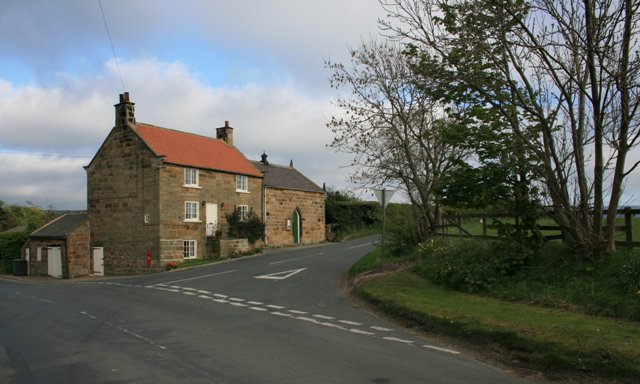Lamb Close Plantation
Wood, Forest in Yorkshire Hambleton
England
Lamb Close Plantation

Lamb Close Plantation, located in Yorkshire, England, is a picturesque woodland known for its natural beauty and rich history. Covering an area of approximately 100 acres, the plantation is a popular destination for nature enthusiasts and history buffs alike.
The plantation is predominantly composed of deciduous trees, such as oak, beech, and birch, which provide a stunning display of colors during the autumn months. The dense canopy creates a serene and peaceful atmosphere, making it an ideal spot for walking, birdwatching, and photography.
Lamb Close Plantation also holds significant historical value. It is believed to have been established in the 18th century, and remnants of the original boundary walls and paths can still be seen today. The plantation was once used for timber production, supplying wood for various industries in the local area. Over the years, it has been carefully managed to preserve its natural charm and protect the diverse wildlife that calls it home.
Visitors to Lamb Close Plantation can enjoy a network of well-maintained trails, allowing them to explore the woodland at their own pace. The plantation is home to a variety of wildlife, including deer, foxes, and a wide range of bird species. Birdwatchers are particularly drawn to the area due to the presence of rare and migratory birds.
Overall, Lamb Close Plantation offers a tranquil escape from the hustle and bustle of everyday life. Its combination of natural beauty and historical significance make it a must-visit destination for those seeking a peaceful retreat in the heart of Yorkshire.
If you have any feedback on the listing, please let us know in the comments section below.
Lamb Close Plantation Images
Images are sourced within 2km of 54.484462/-1.1076451 or Grid Reference NZ5710. Thanks to Geograph Open Source API. All images are credited.

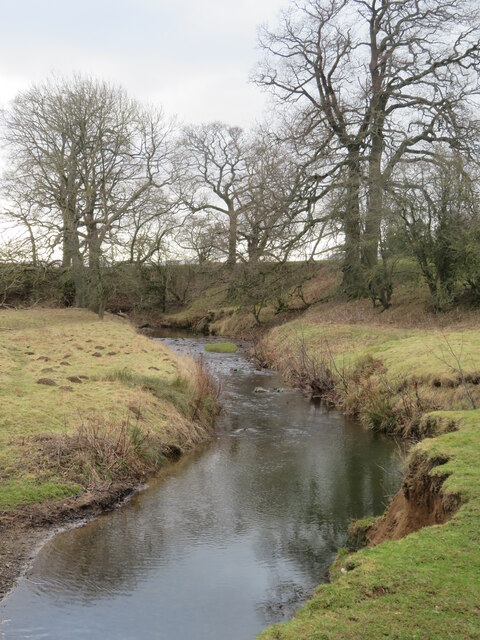
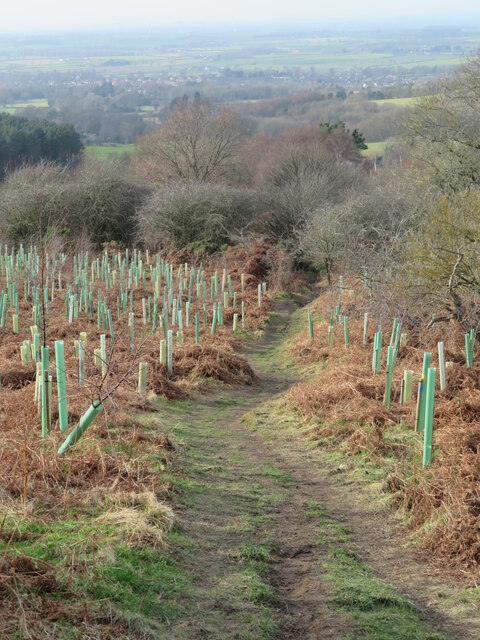
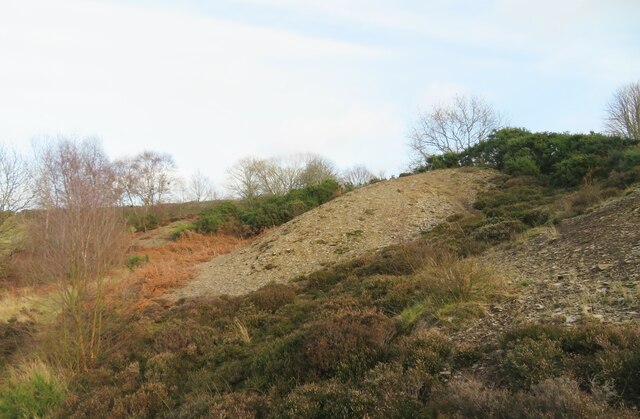

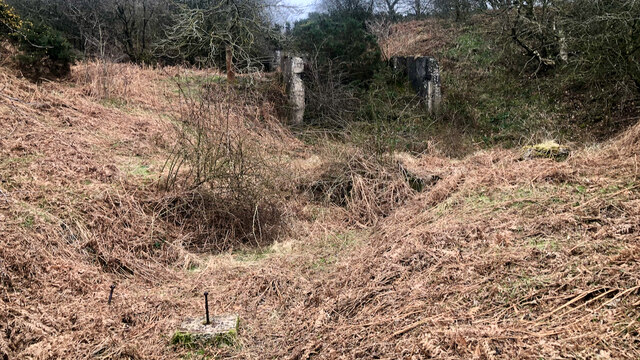
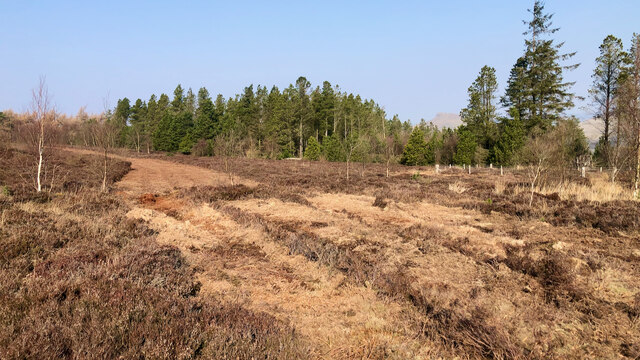
Lamb Close Plantation is located at Grid Ref: NZ5710 (Lat: 54.484462, Lng: -1.1076451)
Division: North Riding
Administrative County: North Yorkshire
District: Hambleton
Police Authority: North Yorkshire
What 3 Words
///skylights.poems.swan. Near Great Ayton, North Yorkshire
Nearby Locations
Related Wikis
Great Ayton railway station
Great Ayton is a railway station on the Esk Valley Line, which runs between Middlesbrough and Whitby via Nunthorpe. The station, situated 8 miles 37 chains...
Little Ayton
Little Ayton is a village and civil parish in Hambleton District of North Yorkshire, England and lies immediately south of Great Ayton. The population...
Easby Moor
Easby Moor is a hill located in the civil parish of Little Ayton in the North York Moors national park within the Cleveland Hills, North Yorkshire, England...
Easby, Hambleton
Easby is a village and civil parish in Hambleton District of North Yorkshire, England. It lies approximately 2 miles (3.2 km) south-east of Great Ayton...
Nearby Amenities
Located within 500m of 54.484462,-1.1076451Have you been to Lamb Close Plantation?
Leave your review of Lamb Close Plantation below (or comments, questions and feedback).






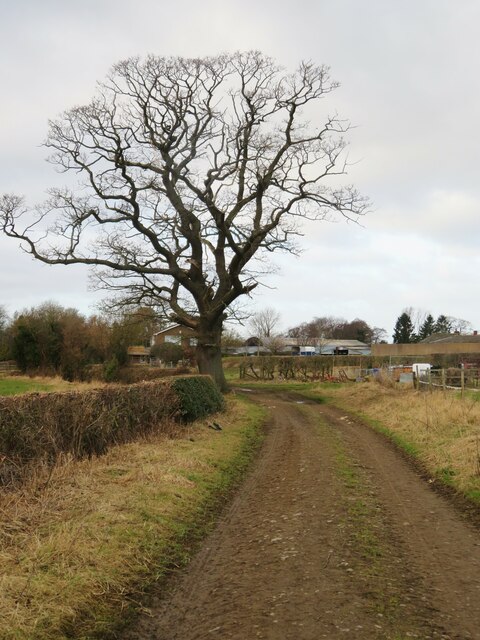
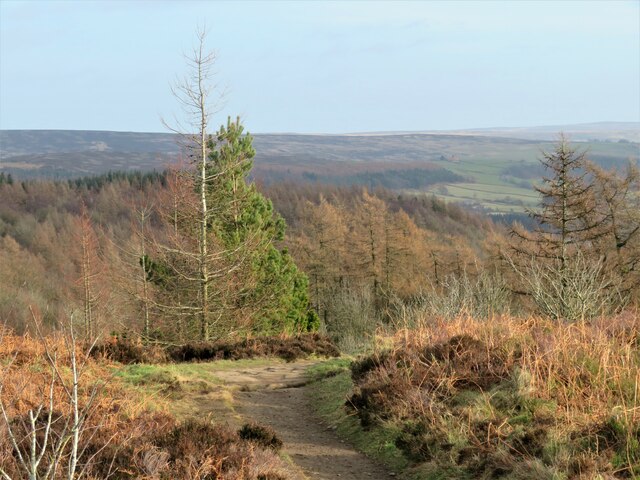
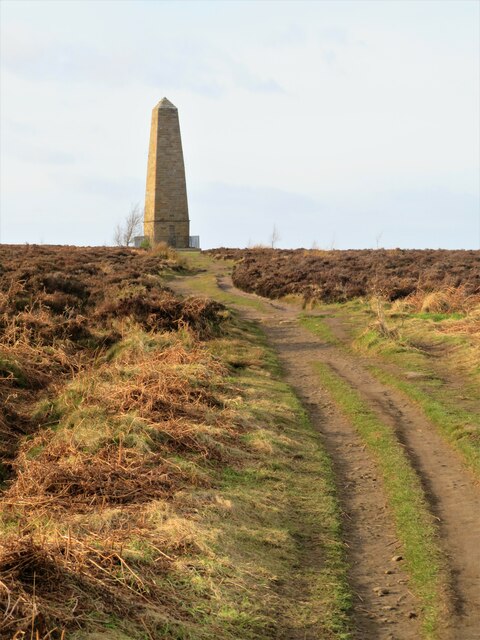
![Path down to the car park A heavily used path that is part of the Cleveland Way and is also the easiest way to the Captain Cook monument from the road. Much less litter [particularly doggy poo bags slung into trees] than on my last visit. No doubt some clearing up by public spirited people.](https://s2.geograph.org.uk/geophotos/07/08/58/7085818_3af55e8d.jpg)




